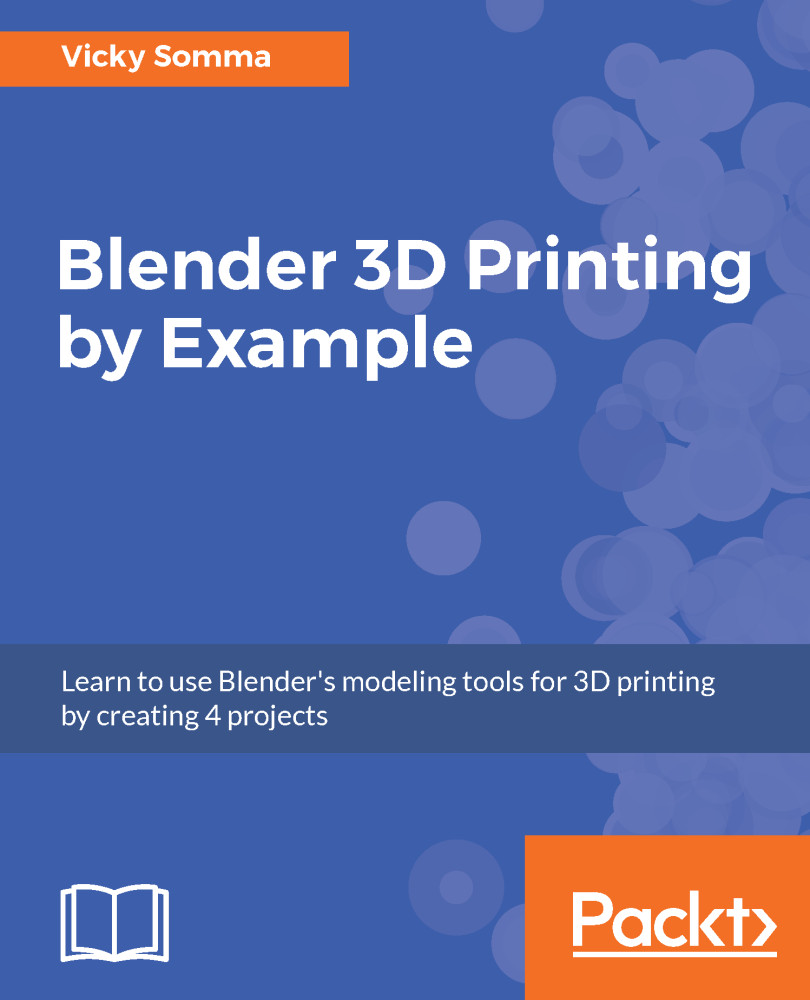In this chapter, you extended your experience with mesh modeling by creating a low-poly human hand. You imported a reference image. Starting with either a cube or plane, you used tools such as Loop Cut and Slide, Extrude Region, and Scale to fill out the shape of the hand and fingers. You learned how you could rotate faces and move specific edges to get a better shape. You saw how the Subdivision Surface Modifier could take that low-poly hand and make it look more realistic by smoothing the shape and adding more faces.
In Chapter 13, Trial and Error – Topology Edits, we'll improve the shape of our hand with topology edits and add some key detailing such as fingernails and wrinkles.









































































